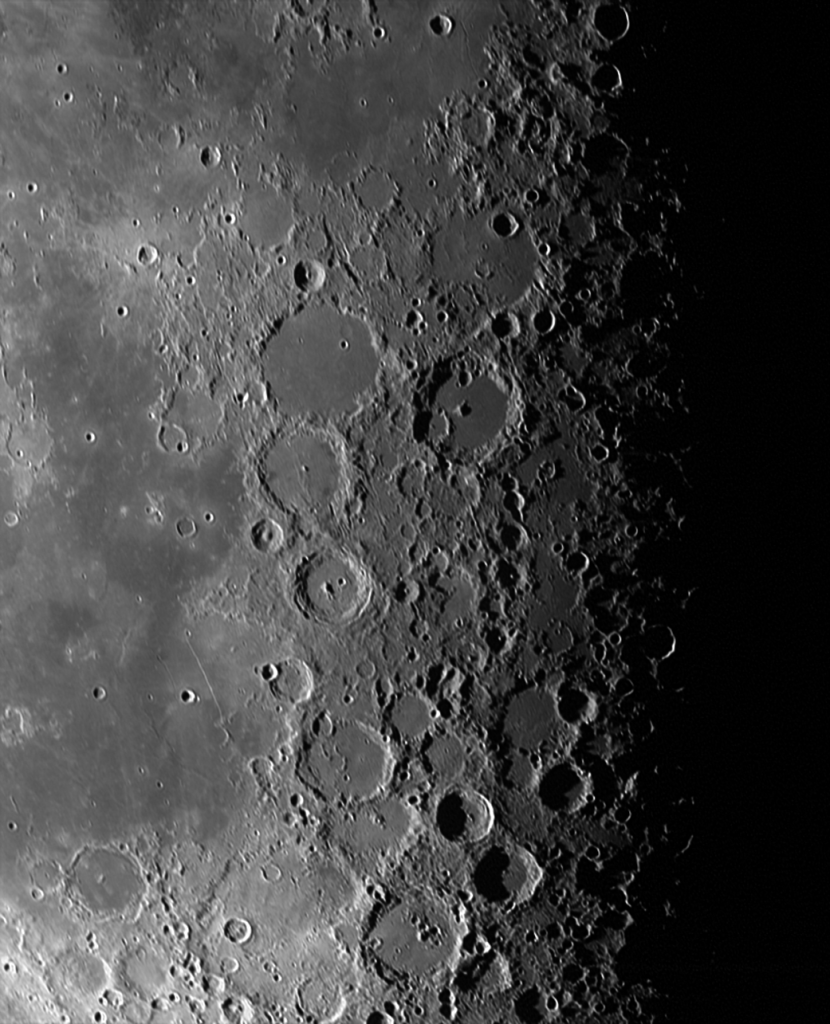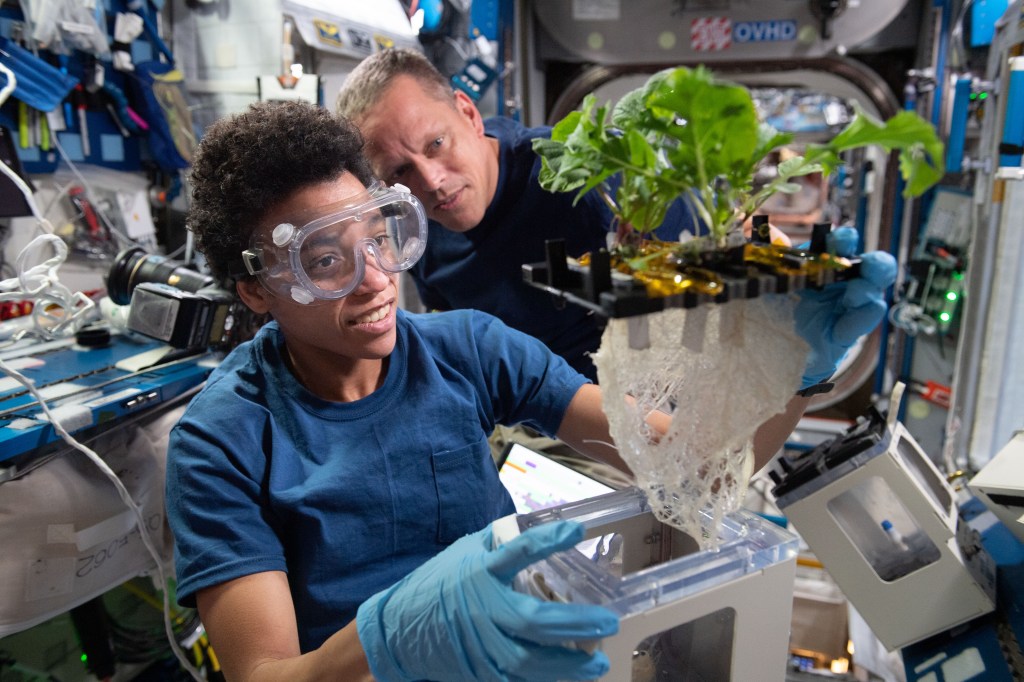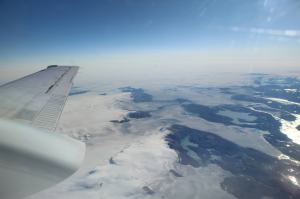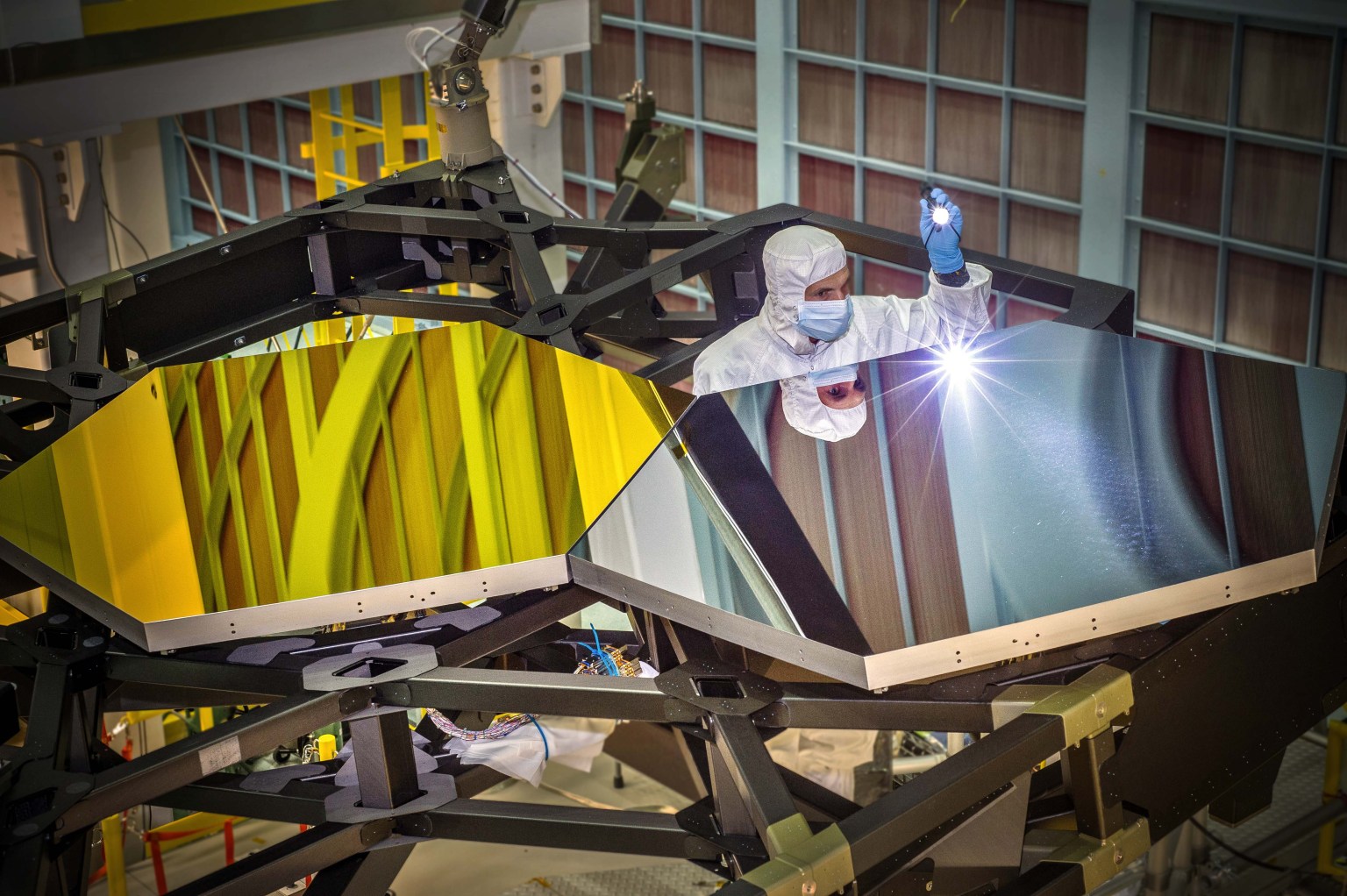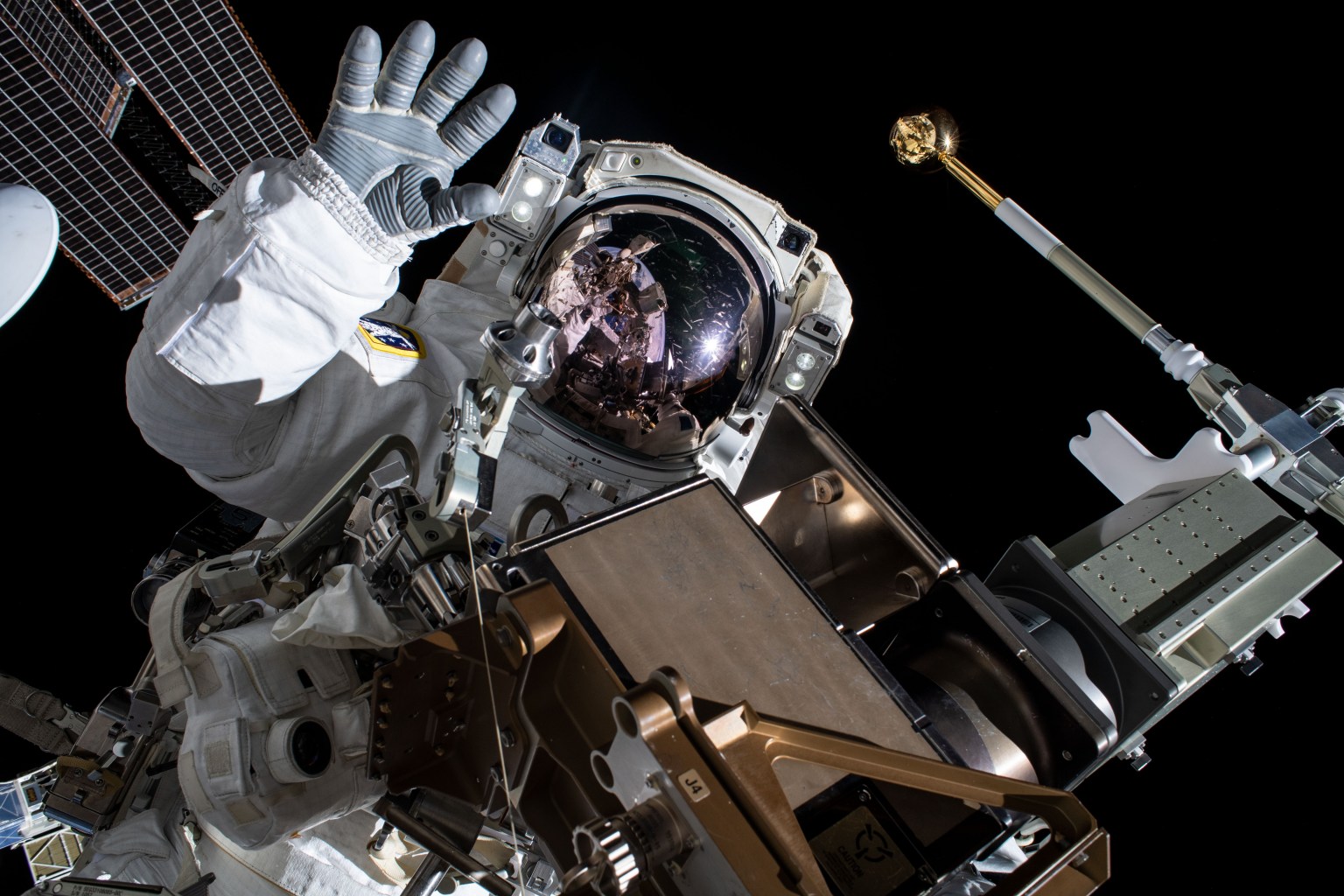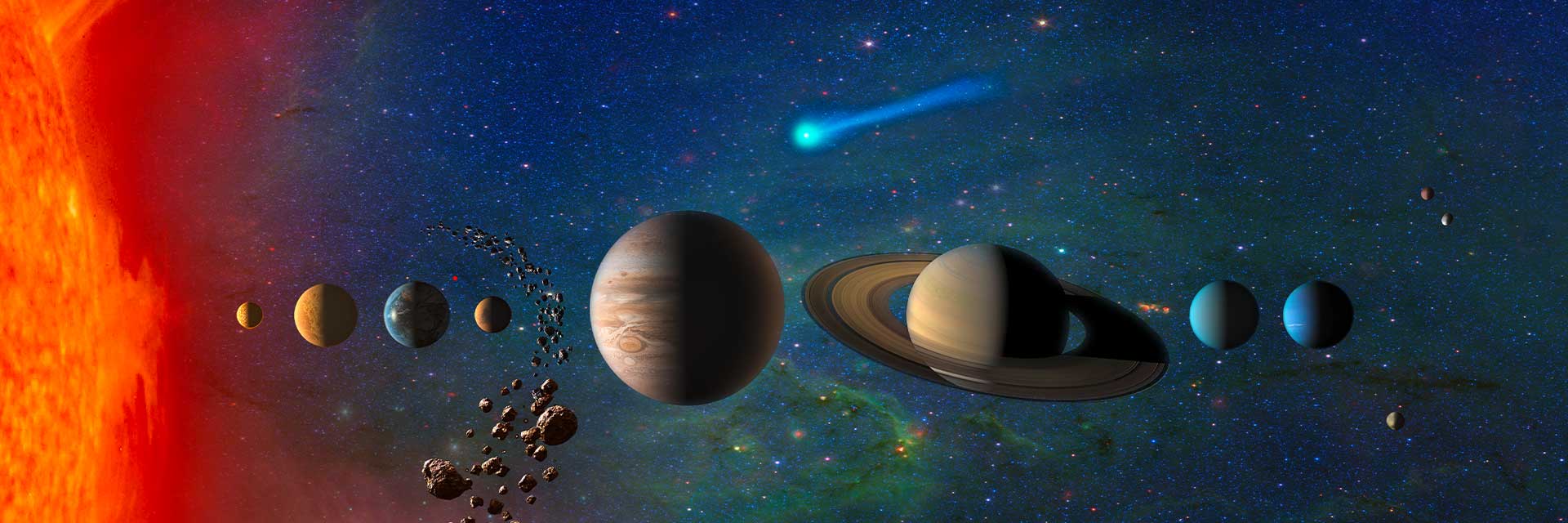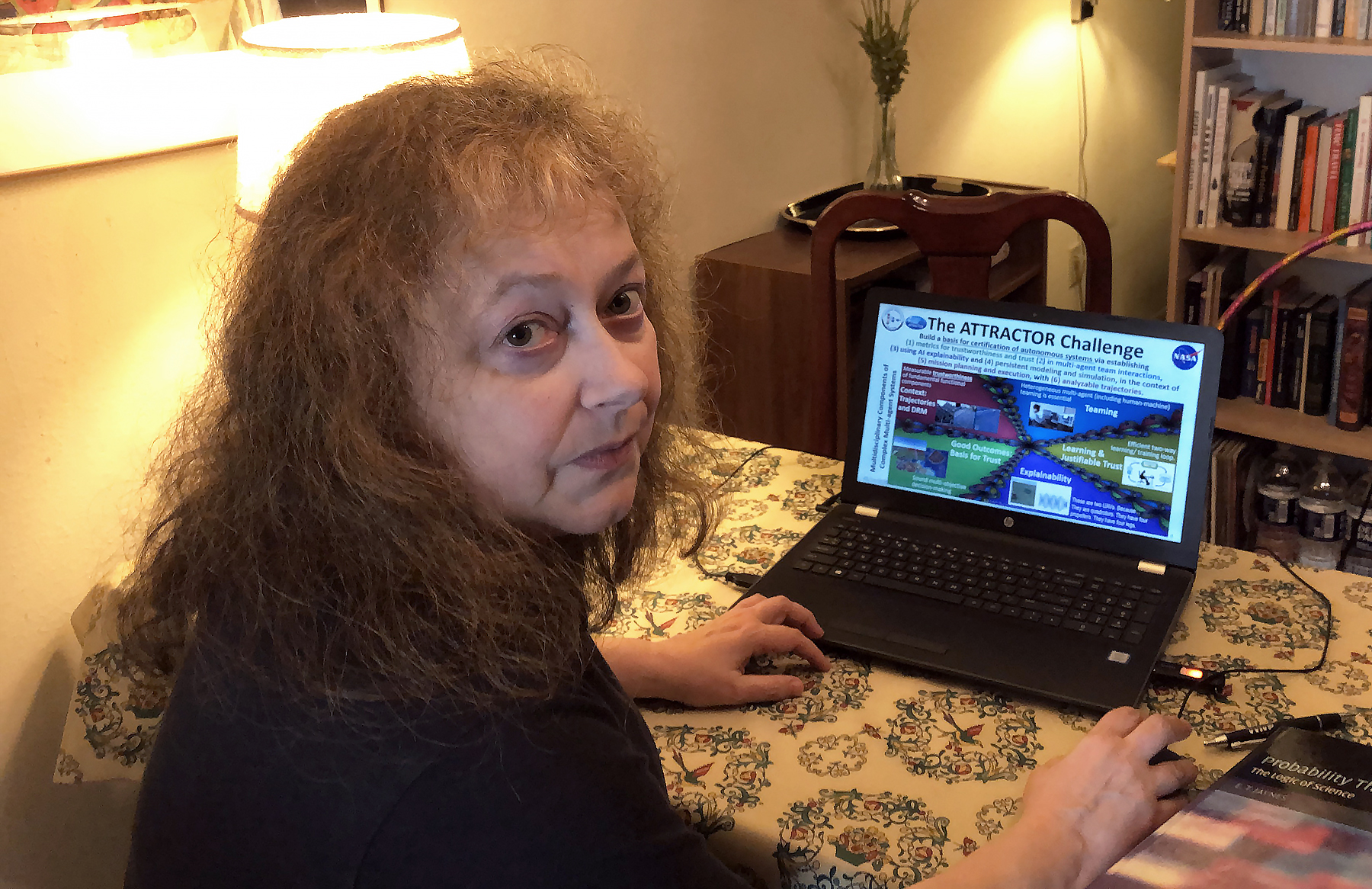
Natalia Alexandrov has never liked giving her attention to popular problems.
The NASA principal investigator and applied mathematician would rather look in areas that have little-to-no attention on them, and quietly see if there is anything interesting and meaningful to which she can contribute.
“I’ve never met an uninteresting problem,” Natalia noted when looking over her 20 years-and-counting career at NASA.
Her most recent work focuses on understanding when autonomous, or self-governing, systems that include humans and machines become trustworthy in safety-critical and time-critical environments, such as flight.
ATTRACTOR, or Autonomy Teaming and Trajectories for Complex Trusted Operational Reliability, is Natalia’s exploration of trust in autonomy.
While the title of the activity may sound intimidating, the basic idea can be whittled down to this: Think of a future where the sky is filled with traffic and air taxis. It is too complex for humans to control alone. So, smart machines are brought in to help.
But those smart machines add even more complexity!
To figure out how and when a system this complex can be trusted, Natalia and colleague Danette Allen – ATTRACTOR’s co-principal investigator – are leading a large and talented team of researchers from four NASA centers and four universities.
The activity is part of NASA’s Convergent Aeronautics Solutions project, which provides a sort of wildly creative sandbox for researchers to try out new ideas and do “is this even possible?” studies and experiments.
Solutions must combine research from many areas, such as psychology and software engineering, among others. As a mathematician, Natalia’s intent is to develop and combine ideas from these diverse disciplines into models that produce information that can lead to an action.
Selected as one of those creative new ideas to pursue, ATTRACTOR seeks to find sets of rules and methods that allow aircraft piloted by software to make complex, safety-related decisions on their own.
One of the component ideas Natalia is working with is that the software-piloted aircraft should be able to explain its reasoning to an operator, in real time.
For example, if a drone goes off course, an operator tracking its flight will receive the drone’s explanation as “for these safety/time critical reasons, the flight path has been rerouted.”
And then if an aircraft has several possible paths when moving from point A to point B, risk computed from combined models can tell the aircraft which path has the best chance of a good outcome.
Mathematics Won Out
Born in St. Petersburg, Russia, Natalia’s interest in math and science started back in grammar school. She remembers with “infinite gratitude” her first mathematics teacher, who taught what she considers “the most important thing in mathematics – and possibly, in life: the technique of solving problems with questions.”
While studying at Rice University in Houston, she found it hard to choose between science and humanities. But mathematics won out, resulting in a bachelor of arts degree in pure math; a master’s in mathematical sciences; and a doctorate in computational and applied mathematics.
Natalia began her career at NASA – a dream job for a fan of science fiction since kindergarten – working in multidisciplinary design optimization.
Researchers in this field explore ways to reduce the time it takes to design complex systems, such as aircraft and spacecraft. One way to do this is get everyone “mathematically” talking to each other earlier in the design process.
“I was lucky to have quickly connected and closely collaborated with amazing, world-class researchers in aerodynamics, structures, and design as soon as I started at NASA,” she said.
Along the way, Natalia’s work turned to a brief but fascinating venture into radiation biology.
While working on understanding the effects of radiation on humans, she wrote “Your Virtual Twin,” an essay which won first place at a New Scientist magazine competition under the Beyond Animal Research category.
“Your Virtual Twin,” set in the near future of 2050, was about computer-generated twins created for every baby that are used to test drugs and detect long-term health issues. The essay is described as science fiction – but just barely, given the ongoing developments in biology that may make this speculative idea a reality.
When she returned to airspace work within NASA, Natalia then led an investigation into designing from a clean sheet a new National Airspace System capable of accommodating future dense and diverse traffic.
It was a natural transition, she said, to then move from air traffic management to working with autonomous systems, which will be needed to manage future airspace complexity.
“Any decision-making problem is an optimization problem, and I’m fascinated by how humans make decisions versus how machines make decisions, and any fruitful way of combining the two in a formalized method,” she said.
In her time with NASA, Natalia has earned prestigious awards such as the NASA Exceptional Achievement Medal, as well as the Naval Research Laboratory Alan Berman Research Publication Award.
“NASA affords an applied mathematician lots of opportunities to do work in many different areas,” she added. “In each, I’ve been incredibly lucky to collaborate with amazing people across NASA, other government agencies, industry and universities – smart, creative, dedicated, and just plain nice and fun.”
Other Worlds
Natalia makes time for creative writing, works with students, and serves as an American Institute of Aeronautics and Astronautics associate fellow. She also serves on the executive council of the Society for Industrial and Applied Mathematics, and on the steering committee of the BIG Math Network.
She is currently working on several novels. The one closest to completion, “The Last Engineer,” is a sci-fi novel. She is talking with a few book publishers and is hopeful her novels will be selected, but she hasn’t thrown aside the idea of putting out the books on her own.
With the creativity and innovation shown in Natalia’s professional work, such as with ATTRACTOR, her fictional work should be just as successful in inspiring readers of all backgrounds to question the world around them.
And, in asking such questions, like Natalia, find solutions to future problems that no one is looking at – yet.

























